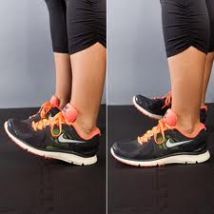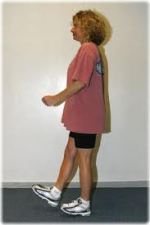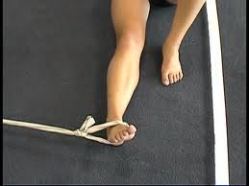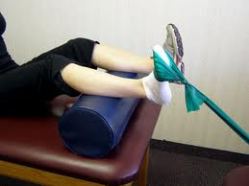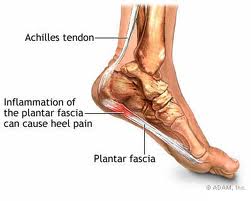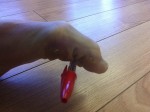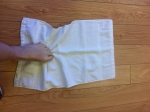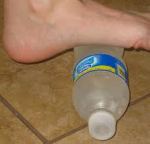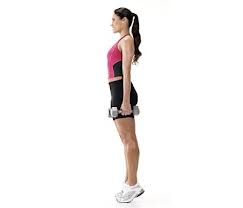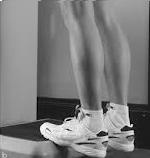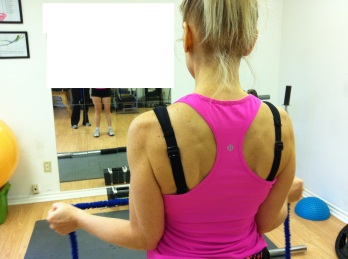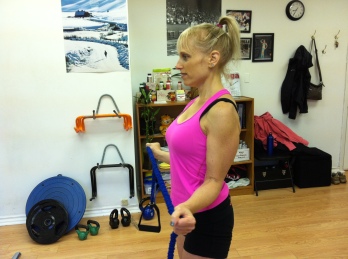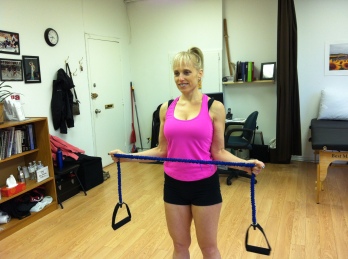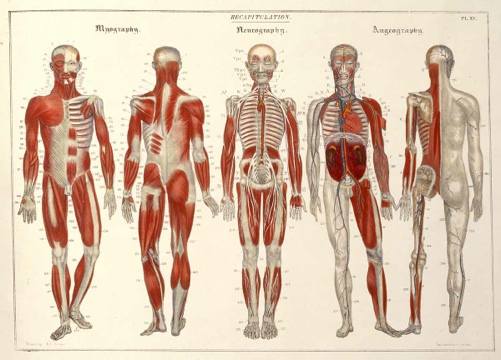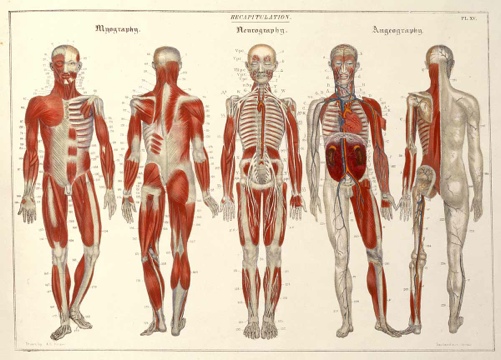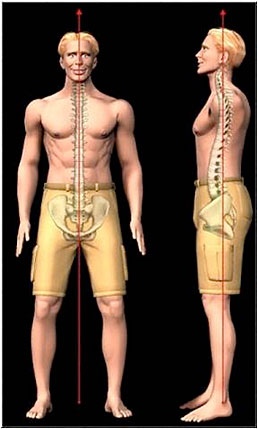Working with runners of all kinds, I see a lot of “shin splints”. When I was a collegiate athlete, I had my share of shin problems, to say the least! I had multiple stress fractures, tight calves, and strained muscles. I had to bike, swim, and strengthen like crazy just to complete long runs!
Now that I have an athletic therapy background and some experience under my belt, I understand better how this can be prevented and treated before stress fractures and muscle tears occur.
What are “shin splints”:
Shin splits is a bit of a garbage term. It can mean: muscle tears, tendonitis, fractures, compartment syndrome, or tightness. Most people suffer from weak tibialis posterior or tibialis anterior muscles. Calves are usually too tight and a muscle imbalance results.
The Simple Prevention:
Running shoes are so important for high level athletes as well as recreational runners. Having a fresh pair of shoes that are under 8 months old is likely the easiest prevention. Shoes that work to keep you straight is an important investment. If you tend to over-pronate, are a heavy runner, or do a lot of mileage, you need more motion control in your shoes. If you have a high, rigid arch and are heavy on your heels, you need a more cushioned shoe.
Training Errors:
Increasing your mileage too quickly (taking the summer easy then ramping up for an indoor track season) when you’re not strong is the best way to get shin pain. Mileage must be increased moderately and your base fitness should be maintained all year long. This includes volume as well as intensity of the runs. Another training error is not allowing enough recovery time. As you build your mileage, allow for a recovery or drop back week. Giving your nervous system some regeneration and soft tissue a chance to repair makes your harder weeks much more effective.
Strength:
Having the strength in your lower legs will help your legs not get so fatigued resulting in microtears – leading to injury. Ankles need to be stable and not over reactive to ground forces. Knees need to be strong (which comes from glute strength). Runners tend to neglect their lower legs assuming that they get enough work from running. You need resistance with the training so the forces working on the body with running are much less. See the exercises below on how to accomplish some specific strength.
Stretching:
After each run, ensuring that you are stretching your shins, calves, and the bottom of your foot is crucial. A good 10 minute stretch routine post run is the bare minimum for proper recovery and injury prevention.
Solution:
Here is a short routine that can be done daily to maintain or build strength in your lower legs.
This will help to build and prevent shin pain especially overuse injuries. If you have been injured, seek treatment sooner rather than later. Muscle tears are much harder to treat and will put you out of commission for 6-8 weeks.
Jen Mark BSc., CAT(C), CSCS
Athletic Therapist
www.dynamicliving.me
Join us on Facebook

